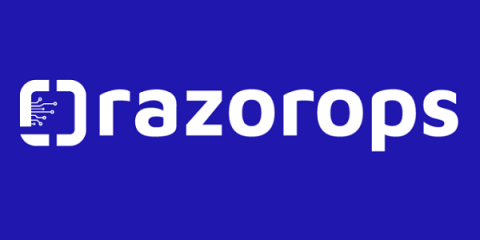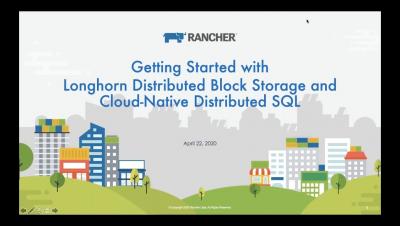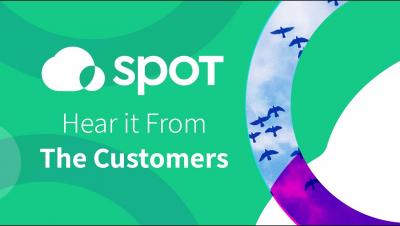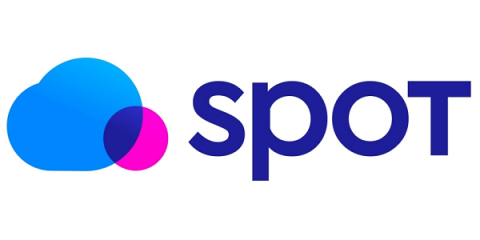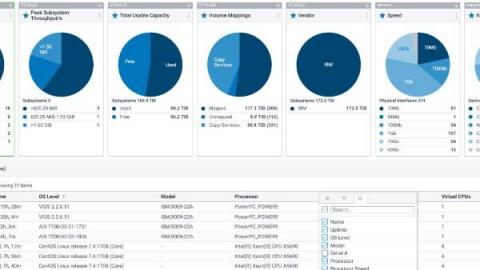Driving Agility and Scale in Mobile Payments
When is the last time you repaid a friend in cash for a shared expense? More likely, you used your phone and a handy app to pay your share. We’ve come to expect fast, secure and reliable technologies that let us make payments to anyone, anywhere from our mobile devices. So who is behind this technology?





